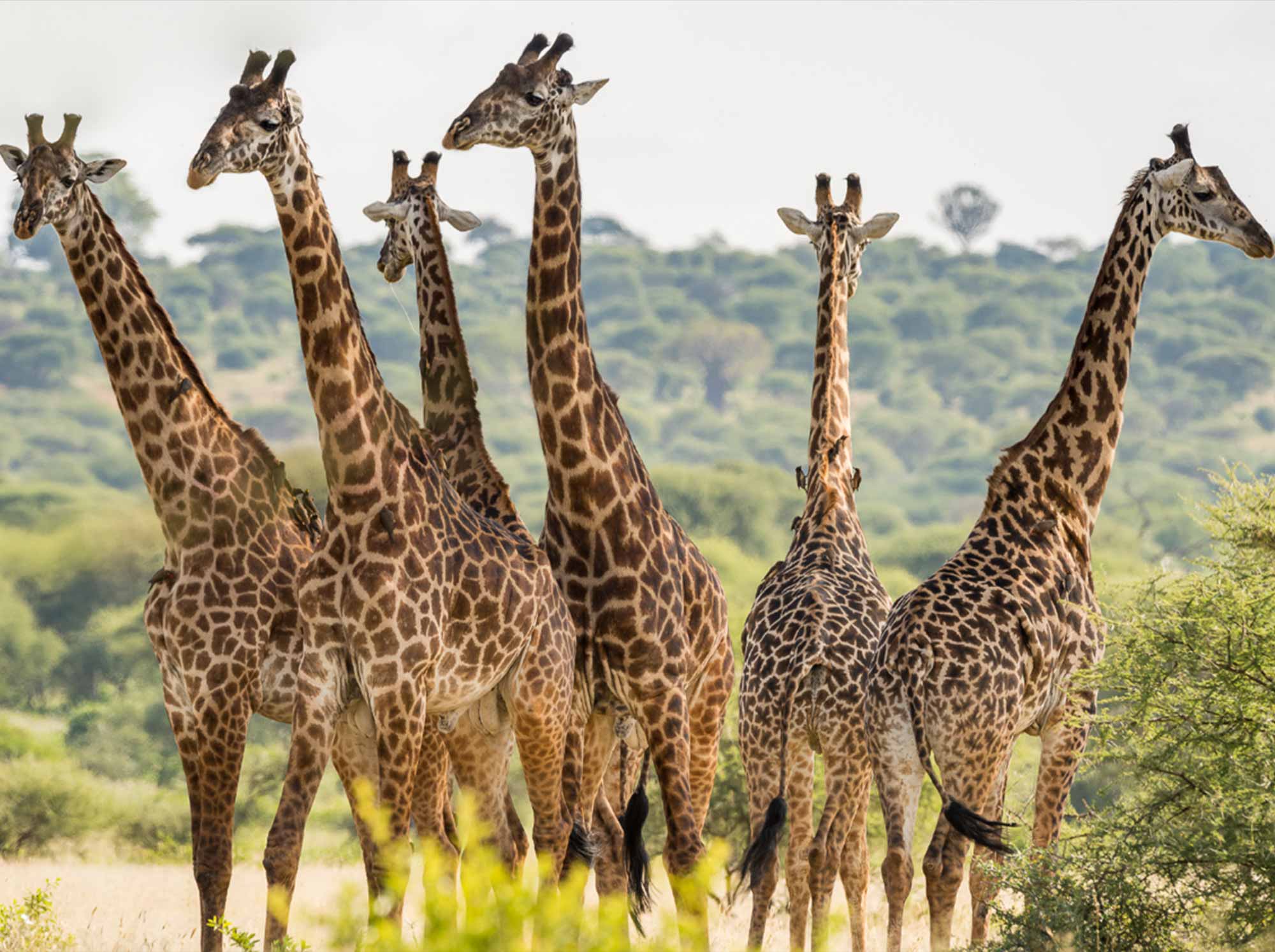Overview
History of Tarangire
Tarangire National Park, named after the Tarangire River that flows through it, has a rich history influenced by both indigenous cultures and conservation efforts. Originally inhabited by the Maasai people, the park was relatively untouched until the late 19th and early 20th centuries, when explorers began to document its unique wildlife, igniting global interest in conservation. Established as a national park in 1970, Tarangire was designed to protect its diverse ecosystems and the migratory patterns of its wildlife. Its significance was further recognized when it became part of the larger ecosystem linked to the Ngorongoro Conservation Area and the Serengeti. Today, Tarangire is known for its large elephant herds and varied landscapes, making it a crucial sanctuary for both wildlife and visitors seeking to experience its natural beauty.
The baobab capital of the world”.
Best Time to Visit
The best time to visit Tarangire National Park depends on what you wish to see:
- June to October: The dry season is ideal for game viewing, as animals congregate around the Tarangire River and other water sources. This is also the time when elephants, in large herds, are particularly visible.
- December to March: This period is great for spotting newborn animals, as many species, including wildebeest, give birth during this time. It’s also a good opportunity to see predators taking advantage of these vulnerable young.
- April to May: The “green season” brings lush landscapes and fewer tourists, making it perfect for a more tranquil experience. However, be aware that rain may limit access to some areas, though it enhances the park’s beauty with vibrant flora.
Uniqueness of Tarangire
Tarangire National Park is renowned for its unique ecosystems, impressive wildlife populations, and stunning landscapes. Covering approximately 1,100 square miles (2,850 km²), Tarangire is home to iconic African wildlife, including large herds of elephants, lions, cheetahs, and a variety of antelope species. The park is particularly famous for its baobab trees and the seasonal migration of elephants and wildebeests, which creates a dynamic natural spectacle. Tarangire’s diverse habitats—from grasslands to swamps—make it a critical haven for many migratory and resident animals, showcasing some of the best wildlife viewing in Tanzania.





Activities in Tarangire
- Game Drives: Morning and evening game drives are popular in Tarangire for viewing wildlife, particularly large herds of elephants, lions, and other iconic species.
- Hot Air Balloon Safari: Soaring above Tarangire at sunrise provides a breathtaking perspective on the park’s diverse landscapes and wildlife.
- Guided Walking Safaris: Led by expert guides, these safaris offer an intimate experience with Tarangire’s flora, fauna, and lesser-known species.
- Cultural Tours: Visits to nearby Maasai villages provide insight into the traditional lifestyle and customs of the indigenous people.
- Bird Watching: Tarangire is home to over 500 bird species, making it an excellent destination for bird enthusiasts.
- Photography Tours: Professional guides lead photography safaris designed to help visitors capture stunning shots of wildlife and the park’s unique landscapes.
Tarangire offers an unforgettable experience that connects visitors with the rich natural beauty and vibrant wildlife of this remarkable region.
